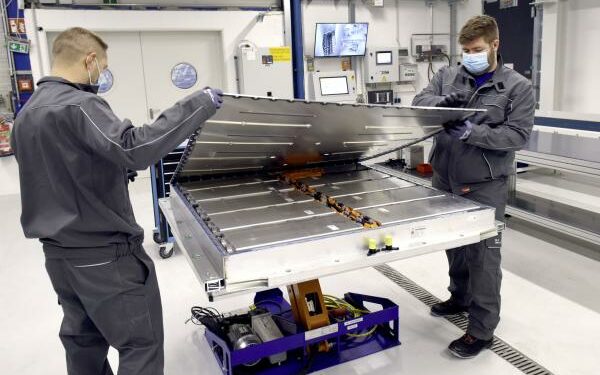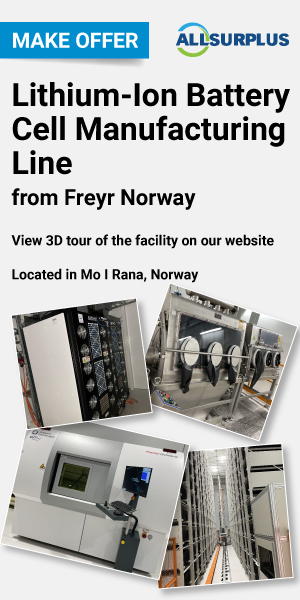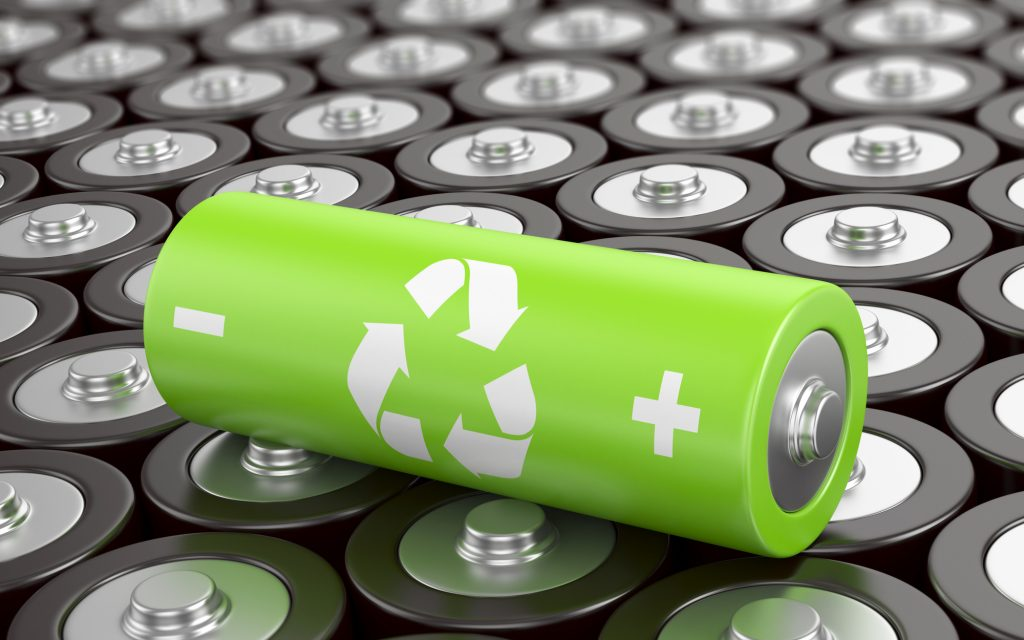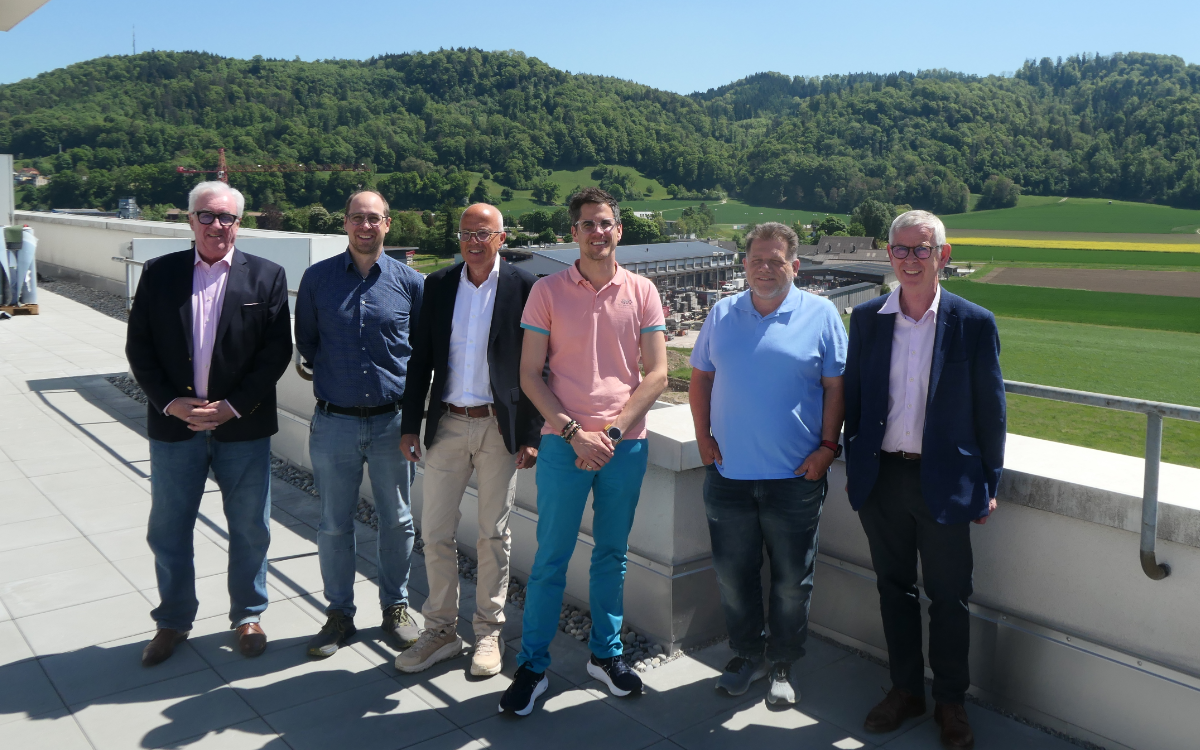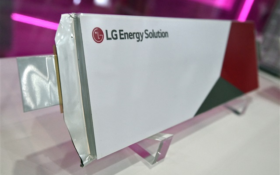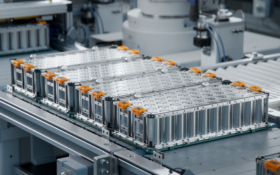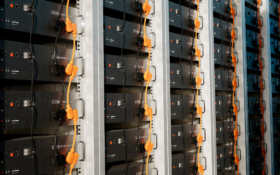A memorandum of understanding (MoU) to develop end-of-life standards for recycling lithium-ion electric vehicle packs based on the cell’s design has been signed by two US organisations.
The partnership aims to identify standards manufacturers and recyclers can use to assess the amount of extractable and recyclable material in various battery systems.
The MoU was signed by the U.S. Department of Energy’s (DOE) Argonne National Laboratory and the National Electrical Manufacturers Association (NEMA).
NEMA has represented electrical equipment manufacturers across the US since 1926.
Argonne scientists and NEMA experts will explore how variations in battery design, materials and chemistries, as well as recycling methods, can all affect recyclability.
Jonathan Stewart, industry director of NEMA’s Utility Products and Systems, said: “If we don’t innovate to address end-of-life challenges and consider environmental impacts as more and more batteries are being produced, then we’re going to have a big problem ten years from now.”
The development of a standard will include Argonne working to involve many of the organisations it already works with. These include: ReCell, a battery recycling R&D center led by Argonne and funded by Department of Energy’s Office of Energy Efficiency and Renewable Energy Vehicle Technologies Office.
Jeff Spangenberger, the Materials Recycling R&D group lead at Argonne and director of the ReCell Center, said: “Standards can give recyclers a baseline for how much material, and in turn how much revenue, they can expect to recover from a battery.
“They can also help manufacturers understand what materials and designs are likely to be more recyclable, which can inform their research and development.
“Our decades of expertise in battery research and the specialized tools we have to solve problems in this space are what make us a good partner in this endeavour.
”We’re excited to integrate our knowledge with NEMA’s industry expertise to create a more robust battery recycling market here in the US.”

